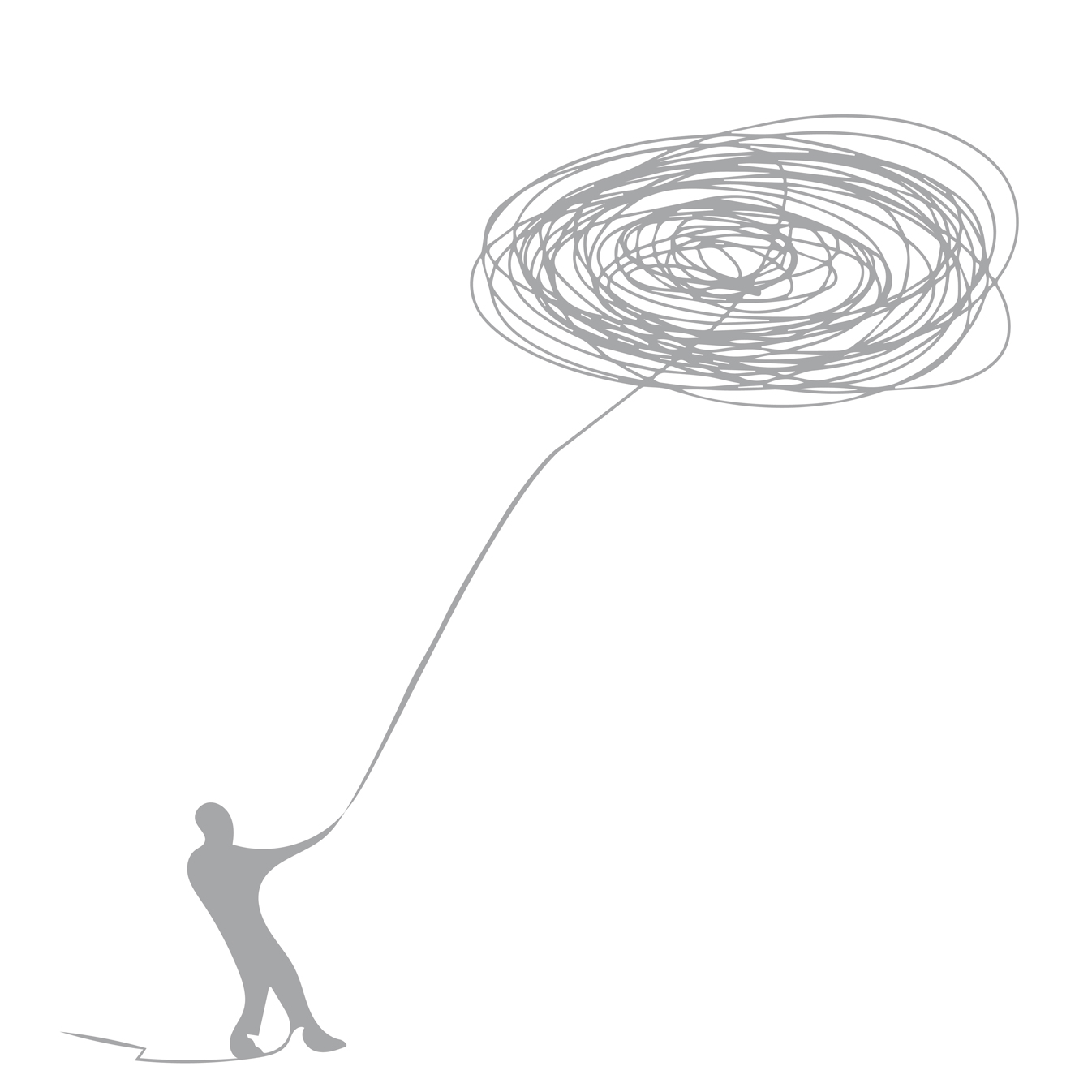
Understanding Different Types of Anxiety Disorders: Symptoms and Characteristics

Anxiety is a normal and healthy emotion that helps us deal with stress and danger. However, when anxiety becomes excessive and persistent, it can develop into an anxiety disorder, a condition that affects millions of people worldwide.
Anxiety disorders are a group of mental health disorders characterized by intense, excessive, and persistent worry, fear, and apprehension that interfere with a person's daily activities. In this article, we will explore different types of anxiety disorders.
1. Generalized anxiety disorder (GAD) is a chronic condition characterized by excessive worry and anxiety about everyday events and activities. People with GAD often worry about things like health, finances, relationships, and work, even when there is no real reason to worry. Symptoms of GAD can include restlessness, fatigue, irritability, muscle tension, and difficulty sleeping.
2. Panic disorder is an anxiety disorder characterized by sudden, unexpected, and intense panic attacks. Panic attacks are episodes of overwhelming fear or discomfort that can last for several minutes. During a panic attack, a person may experience symptoms such as sweating, chest pain, rapid heartbeat, shortness of breath, and feeling like they are going to die or lose control.
3. Social anxiety disorder (SAD), also known as social phobia, is an anxiety disorder characterized by intense fear and anxiety of social situations. People with SAD may worry about being judged, criticized, or rejected by others, leading to avoidance of social situations, such as public speaking, eating in public, or attending parties. Symptoms of SAD can include sweating, blushing, trembling, and nausea.
4. Obsessive-compulsive disorder (OCD) is an anxiety disorder characterized by persistent, intrusive, and unwanted thoughts or urges (obsessions) that lead to repetitive behaviors or mental acts (compulsions). People with OCD may perform compulsions to alleviate the anxiety caused by their obsessions, but these behaviors can interfere with their daily activities and cause significant distress.
5. Post-traumatic stress disorder (PTSD) is an anxiety disorder that can occur after experiencing or witnessing a traumatic event, such as a natural disaster, combat, sexual assault, or a serious accident. Symptoms of PTSD can include flashbacks, nightmares, avoidance of triggers, hypervigilance, and negative changes in mood and cognition.
6. Specific phobias are anxiety disorders characterized by intense and irrational fear of specific objects or situations. Examples of specific phobias include fear of heights, spiders, snakes, flying, and enclosed spaces. People with specific phobias may avoid the object or situation that triggers their fear, leading to significant impairment in their daily activities.
In conclusion, anxiety disorders are a group of mental health conditions that can cause intense, excessive, and persistent worry, fear, and apprehension. If you or someone you know is experiencing symptoms of an anxiety disorder, it's essential to seek professional help. Anxiety disorders are treatable with therapy, medication, or a combination of both, and early intervention can improve the chances of a successful recovery. Reach us today!

